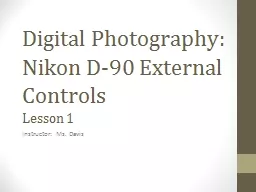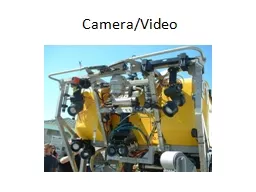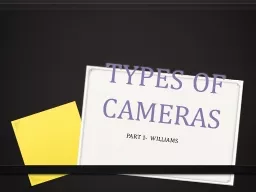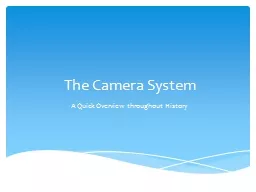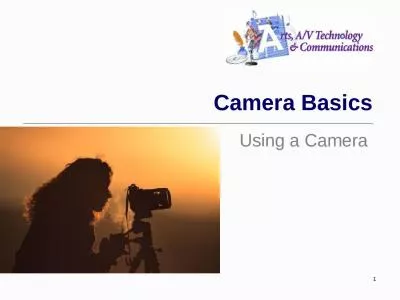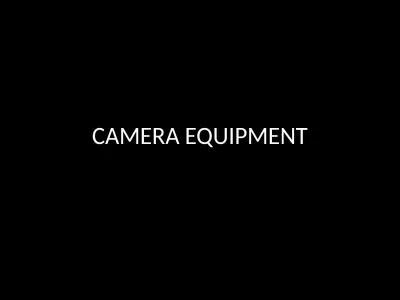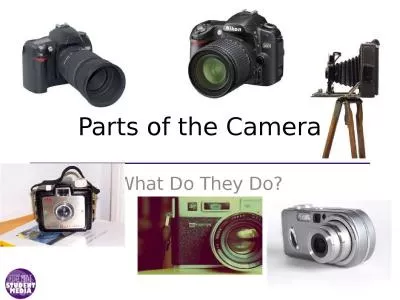PPT-Interchangeable Lens Camera Basics
Author : tawny-fly | Published Date : 2018-07-07
By Stacy whitaker Types of cameras Available in the Department of Media and Communication DSLR Cameras Digital Single Lens Reflex Cameras T5i T7i Nikon D3000 Mirrorless
Presentation Embed Code
Download Presentation
Download Presentation The PPT/PDF document "Interchangeable Lens Camera Basics" is the property of its rightful owner. Permission is granted to download and print the materials on this website for personal, non-commercial use only, and to display it on your personal computer provided you do not modify the materials and that you retain all copyright notices contained in the materials. By downloading content from our website, you accept the terms of this agreement.
Interchangeable Lens Camera Basics: Transcript
Download Rules Of Document
"Interchangeable Lens Camera Basics"The content belongs to its owner. You may download and print it for personal use, without modification, and keep all copyright notices. By downloading, you agree to these terms.
Related Documents


